Y-12 Blog
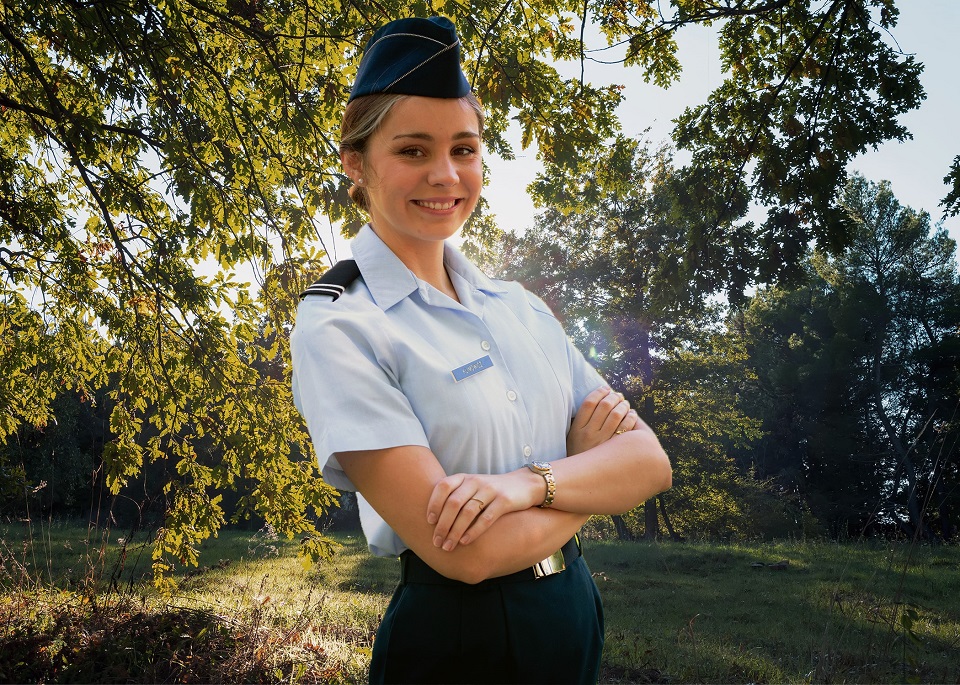
Meet Kadee Klimowicz, who worked at Y-12 while waiting on her training in the Space Operations field at Vandenberg Air Force Base to begin.
Kadee Klimowicz, a recent University of Tennessee graduate with a degree in civil engineering and second lieutenant in the Air Force, was selected to join the Space Operations field at Vandenberg Air Force Base in California. While her training was in hold because of COVID-19, she worked with Consolidated Nuclear Security in Global Security and Strategic Partnerships (GSSP), a program that supports both Y-12 and Pantex.
Like many of us, Klimowicz wasn’t sure how to react when the pandemic caused a wrinkle in her career plans. “I have been waiting to start that training since I graduated, but the delay threw me for a loop! I was happy to have this opportunity until my training began,” Klimowicz said.
She explained that her training for a space operations officer includes a 7-month course, Officer Undergraduate Space Training, where she will learn technicalities involving orbital mechanics, space surveillance, and space lift. “It’s where officers get to collaborate with civilian contractors, like SpaceX,” Klimowicz said.
“I am extremely proud to call Y-12 the starting point in my career,” she said. “As I progress in the Space Operations field, my goal is to help develop more efficient technologies that allow us to continue our exploration of the last frontier but lessen our waste, starting from Earth and into our stratosphere.”
This engineer and self proclaimed “huge space nerd” is no stranger to Y-12 as her stepdad has worked in Y-12 Emergency Services for more than 10 years, but the site “has always been fascinating, yet mysterious” she said. Klimowicz is also gaining perspective from working with GSSP director Eva Irwin.
“Eva has mentored me and opened my eyes to the amount of science exploration and global innovation that has happened and continues to happen at Y-12. I have learned about the importance of secure agreements and mechanisms that continue to make those global innovations happen, and I hope to learn more about the engineering behind the projects that continue to change the world,” she said.
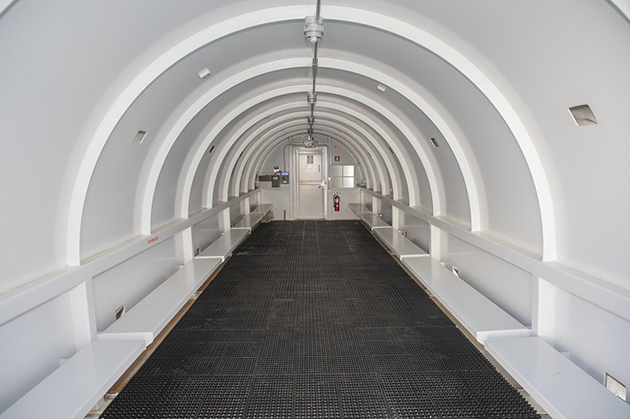
The shelter has perimeter benches that provide employees a place to sit. Rubber matting is also on the floor, providing a layer of cushion.
Did you know that some Y‑12 employees work at East Tennessee Technology Park? The Material Acquisition and Control Center, or MAC, is located at the former K‑25 site and provides a state‑of‑the‑art supply chain management option to Y‑12 and Pantex. These buildings, one with 48,000 square feet of storage space and one with 38,000 square feet, are similar to large commercial fulfillment centers.
So when 65 employees were going to work at the MAC, plus the 20+ visitors it has each day taking care of pickups and deliveries, it was necessary to have a storm‑withstanding shelter available.
Jason Smith, MAC facility manager, explained that when Y‑12 managing and operating contractor Consolidated Nuclear Security first moved to the site, the nearest ‘shelter’ was over a mile away. “If there was a severe weather event like a tornado warning, employees had to travel to the shelter in potentially dangerous weather. CNS and Uranium Processing Facility employees working at the K‑1065 MAC Complex needed a closer option,” Smith said.
Now these employees and visitors have access to a 10‑foot‑wide x 40‑foot‑long storm shelter that will hold 50 people.
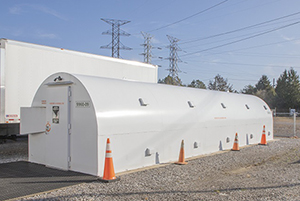
“We have a shelter rated to withstand an EF5 tornado,” Smith said. “These shelters are prefabricated from quarter‑inch cold rolled steel at a factory in Thomasville, Georgia and shipped to the installation site. A crane set the structure onto a massive steel‑reinforced concrete foundation. The shelter is then welded to steel‑embedded plates in the foundation and bolted to the foundation for added safety.”
The shelter interior has perimeter benches that provide employees a place to sit. Rubber matting is also on the floor, providing a layer of cushion. The shelter also has power and lighting provided by a self‑contained battery power center, which is kept charged by a solar panel and is always ready in case of a severe weather event.
Gina Fitzmaurice of Safety and Industrial Hygiene said, “There was a concern for the lack of a storm shelter for our employees working at MAC; this issue was identified and tracked for closure by our Labor/Management team. Each month, IGUA and ATLC union safety representatives along with management meet to discuss status of issues and also walk down potential or existing safety hazards. This new storm shelter is a success story of the teams working together.”
This shelter is a success story, but it’s not anything they want to put to use anytime soon. “It’s just good we’re now prepared,” Smith said.
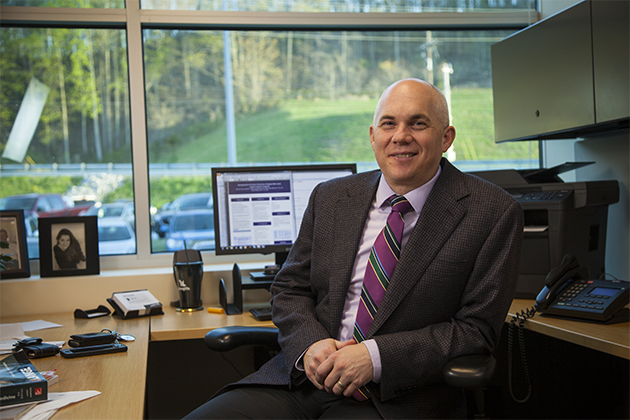
Dr. Warren Sayre, CNS corporate medical director and Y-12 site occupational medical director
The COVID‑19 pandemic has brought the science and profession of public health to the forefront of communities nationwide. Pantex and Y‑12 are fortunate to have physician medical directors, Dr. Warren Sayre and Dr. Michael Paston, who have extensive public health backgrounds.
Occupational Health Services at both sites has taken on a public health role as well during the pandemic to protect workers.
Preventive medicine has often played second fiddle in the U.S. healthcare system, said Sayre, CNS corporate medical director and Y-12 site occupational medical director. Preventive medicine is the umbrella over the fields of public health and occupational health. Sayre earned a master’s degree in public health in addition to his medical education and certifications.
“From contact tracing, to case management, to testing, and now most importantly to vaccinations, public health is at the forefront of controlling, then quashing the pandemic,” he said. “The public health system is so often in the background, and it is rare that they have to step into the spotlight like they have during the pandemic. They are one member of the choir of unsung heroes who have saved lives and moved us toward eradicating this horrific virus.”
In addition to the medical directors, OHS also employs several physicians and healthcare professionals who have extensive public health training and experience.
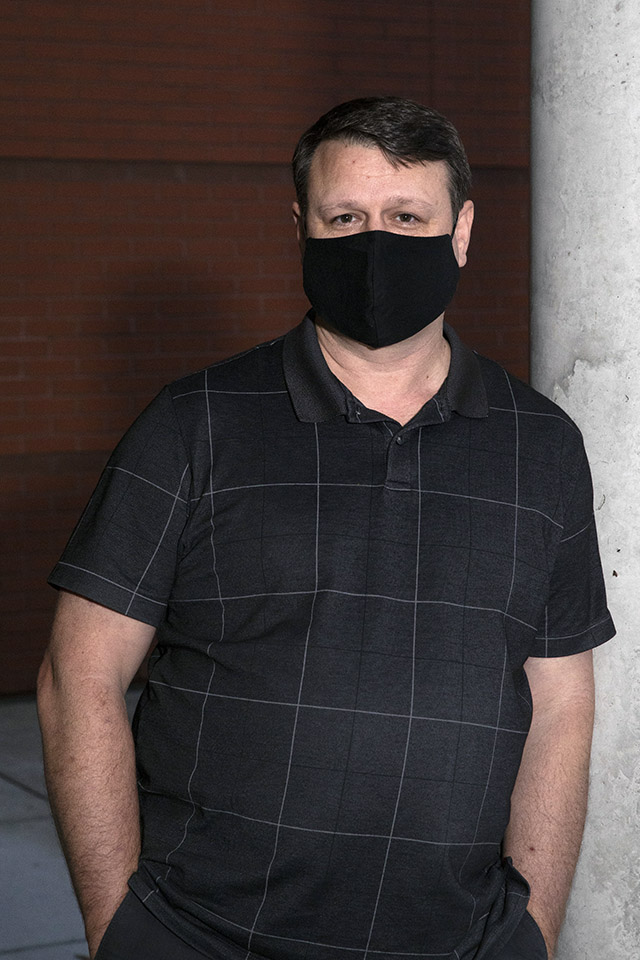
Michael Lovelady,
Y-12 Mission Engineering
See something? Take action. That’s what Michael Lovelady of Y-12 Mission Engineering did on a trip to work last fall.
Whatever you do, don’t call him a hero.
Michael Lovelady, Y-12 Mission Engineering, was on his way to work this fall when he saw a massive fireball explode over the trees in the dark, early morning sky. He knew from the color that it wasn’t a transformer blowing.
He immediately stopped at the scene to see if he could help. An Army combat medic for 12 years, Lovelady is a man used to heading toward danger rather than away from it. To him, that’s not anything special.
“I’m just someone who pitches in to get something done,” he said. “You just do what you need to do.”
When he arrived at the house, he said, “[It was] completely destroyed. There was absolutely nothing standing. Even what was once a fireplace was gone. Just a total debris field. There were some embers but no flames.”
A police officer arrived, and Lovelady joined him in a search of the property.
“When we went around back, we saw this man in his 20s standing in the middle of what was left of his house,” Lovelady said. “He was wearing just shorts that were half blown off, with burns, and asking what happened.”
Lovelady led the injured man to the front road to wait for the fire department paramedics while the officer continued searching.
“The man was in complete shock, so I kept him calm and assisted the fire department EMT in tending to his injuries.” Lovelady said. “A couple minutes later, the man asked, ‘Where’s my partner?’, and I realized there may be someone else who needs help.”
Luckily, no other person was in the house. (Sadly, however, a cat did not survive.) The man’s partner arrived with the injured man’s parents, who heard the explosion a little farther down the street. The injured man is recovering. While authorities are still investigating the cause of the explosion, an issue with a propane gas tank has been identified.
“It’s not a matter of if will I do something. I’m already involved. My body just reacts; it’s already in motion,” Lovelady explained.
Lovelady has always helped others. As an Eagle Scout, Lovelady was awarded the Honor Medal “for unusual heroism in saving a … life at considerable risk to self” when he rescued a young girl from drowning in a fast running river. He and his father volunteered many times during recovery efforts after hurricanes hit Louisiana’s coastal areas. Right after 9/11, he was non-commissioned officer in charge of night shift operations in New Orleans; and, as a sergeant in Iraq, he led an immediate response team that triaged and evacuated personnel from initial scenes to higher medical care facilities.
After returning home, Lovelady used his experiences to invent a medical triage tagging system. He filed a patent; and in 2014, Y-12 filed for two more patents for tools and safety devices under his name. Lovelady recently was recognized with a Technology Transfer Support Award for 2019 in recognition of his contribution to technology promotion and licensing.
And given his rescue assistance during the more recent house explosion, “just doing what you need to do” continues for Lovelady.
“I just think it’s how you are; either you’ve got it in you to run toward something or you don’t. I really don’t have a choice to help or not,” he said. “You just try to put order in the chaos.”
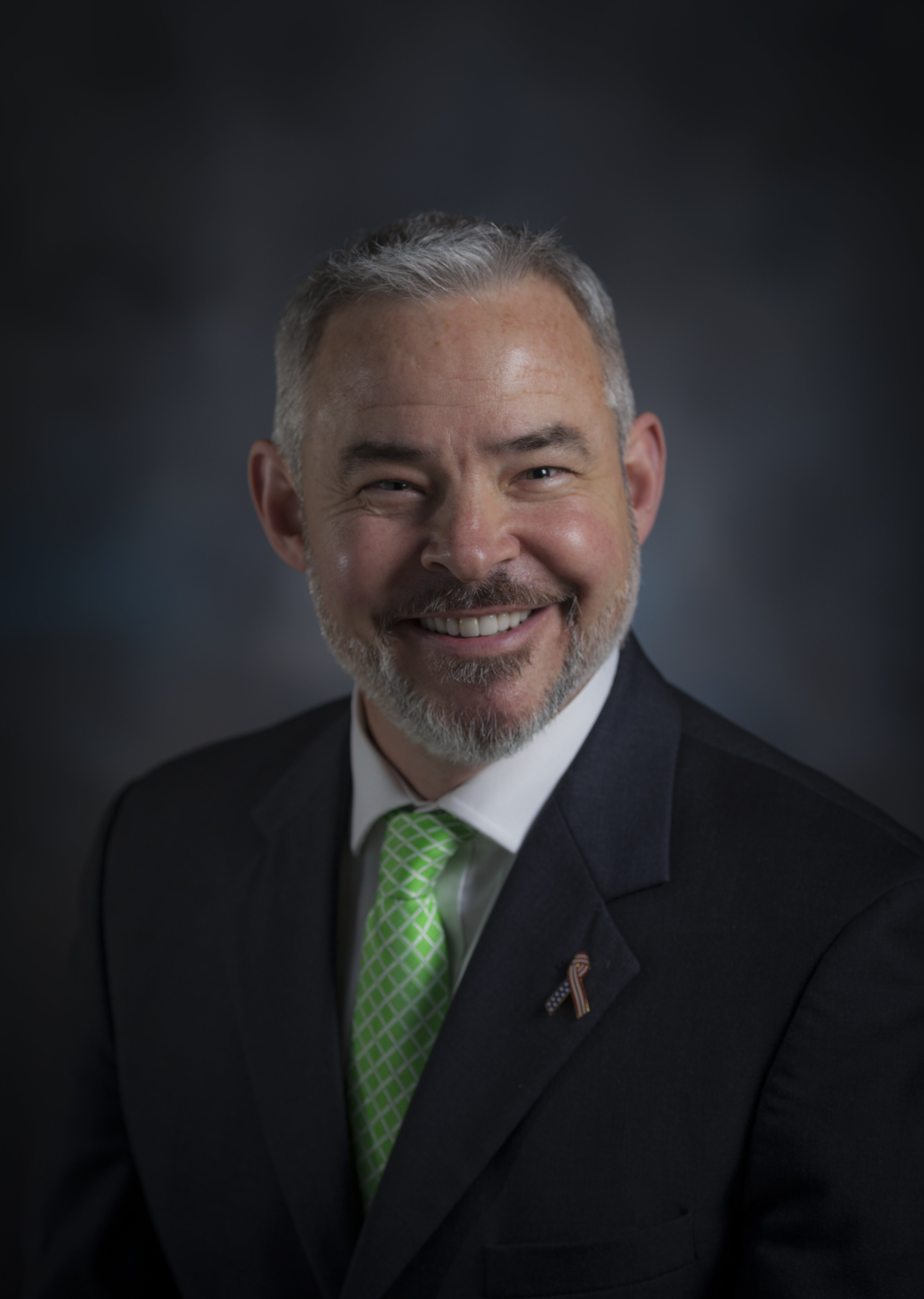
Paul Beckman,
Chief Information Security Officer
With peaked interest surrounding the coronavirus vaccine, cybercriminals are determined to exploit our feelings or anticipation in the form of social engineering. Reports have shown cyber threat actors baiting potential victims with vaccine-themed scams.
Examples of these scams include phishing emails holding varying subject lines that may reference surveys, information about vaccine coverage, locations to receive the vaccine, ways to reserve a vaccine, and vaccine requirements. Additionally, malicious links or attachments included in these phishing campaigns may impersonate familiar and trusted entities or brands.
You are the first line of defense in protecting your digital resources. In building your guard, it is important to be vigilant of the signs of cyber threats, keep a questioning attitude, and remain aware of protective criteria.
- Never open an email or hyperlink from an unknown sender.
- Be wary of unknown phone calls or robocalls that claim you have a problem, request financial information, or offer help. Most companies do not call users to notify you of a problem or to verify your financial data.
- If you’ve received a hyperlink that seems suspicious, hover your mouse over the link to view the link’s web address and verify that it isn’t directing you to a different or unknown website.
- Avoid clicking on pop-up messages or hyperlinks out of curiosity involving controversial topics. Hackers take advantage of people’s emotional decisions and often use curiosity as a tactic.
